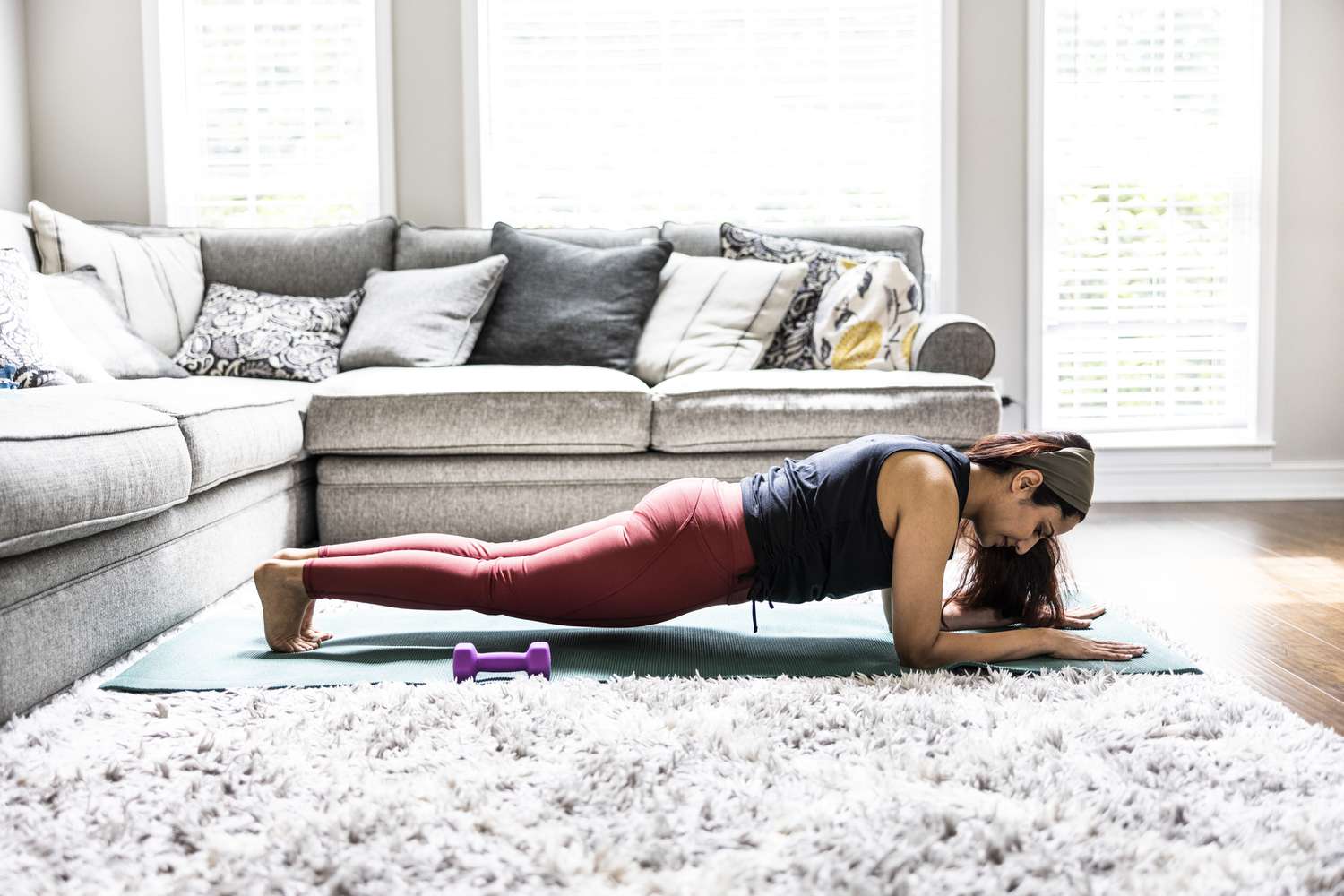Blood
Isometric Exercises Could Help Lower Your Blood Pressure
Planks, wall sits, and other isometric exercises have been an important part of a fitness routine, to help you build strength and improve your balance. But a new study links them with another big health benefit—reducing your blood pressure.
The study, published in the British Journal of Sports Medicine, reviewed the results of 270 different fitness trials, including high-intensity interval training, aerobic exercise, resistance training, and isometric exercises. They found that isometric exercise were the most effective at reducing blood pressure—with wall squats as the top move for reducing both systolic and diastolic blood pressure in the study.
And the differences were pretty significant. According to the study, an isometric exercise routine reduced systolic blood pressure by 8.24, and diastolic blood pressure by 4—while the next best result, from a combined training regimen, resulted in reductions of 6.04 and 2.54.
How Isometric Exercises Help Lower Blood Pressure
Isometric exercises may look easy, since you’re staying still and stable when you do them. But it’s what’s happening in the background that can definitely help boost your fitness (and lower your blood pressure!).
That’s because the isometric exercises widen the blood vessels to reduce the stress on your circulatory system, says Kyle Costello, lead performance coach at online training site Future. “Think of a hose: if you were to plug a garden hose or pinch the sides of it, pressure builds up inside the hose. This is exactly what happens in the human body when blood pressure increases. The vessels of the heart and throughout the body tighten up and make it harder for blood to be pumped effectively throughout the entire body. Isometrics appear to increase the heart and blood vessels’ ability to loosen up, become more pliable, and pump blood more effectively. When isometrics are done repeatedly, the drop in blood pressure can be a regular occurrence.”
Costello says that wall sits and planks are especially good exercises to get this benefit, thanks to their whole body approach. “They cause all of these changes to occur on a larger scale due to the amount of muscle that is needed to perform these exercises,” he says. “The more muscle mass that is recruited for an isometric contraction, the greater the amount of muscle tissue undergoes these changes, and the greater the effect on blood pressure.
How to Add Planks and Other Isometric Exercises Into Your Workouts
If you aren’t already doing isometric exercises, now is a great time to start. If you’re a beginner to isometric exercises, Costello recommends incorporating three isometric training sessions per week, with each session lasting 12 to 20 minutes—and building in rest days to give your muscles time to recover.
But even if planks and wall squats are already part of your regular routine, you can always up your game. “Most of us could afford to do more planks and wall sits—even fitness coaches!” Costello says.
If you’re looking to add a little variety to your isometric schedule, some other exercises he recommends:
“By including these other exercises into your training routine, you will get the benefits of isometrics everywhere, not just your core and legs,” Costello says.
And even though there are cardiovascular benefits from isoometrics, they should not be the be all, end all for your fitness routine. “Isometric training is a fantastic training modality with a ton of benefits, but when it is coupled with other styles of training, you are more likely to obtain a variety of positive effects,” Costello says.
He suggests working isometric exercises in along with cardiovascular and strength training to get a well-rounded fitness routine—after clearing it with your doctor. “Once you obtain approval, doing isometrics with cardiovascular training and traditional strength training will ensure you are covering all of your bases and obtaining all the positive effects of a well-rounded training program.”

